Rising Incidence of Cocaine Use
The increasing prevalence of cocaine use across various demographics appears to be a primary driver for the Cocaine Intoxication Treatment Market. Recent statistics indicate that cocaine-related emergency room visits have surged, with a notable rise in cases among younger adults. This trend suggests a growing need for effective treatment options, as healthcare providers face challenges in managing acute intoxication cases. The heightened awareness of the dangers associated with cocaine use has led to increased funding for treatment programs, thereby expanding the market. Furthermore, the societal stigma surrounding substance abuse is gradually diminishing, encouraging individuals to seek help. As a result, the Cocaine Intoxication Treatment Market is likely to experience significant growth in response to the rising demand for comprehensive treatment solutions.
Increased Government Initiatives
Government initiatives aimed at combating substance abuse are playing a crucial role in shaping the Cocaine Intoxication Treatment Market. Various countries have implemented policies to enhance access to treatment services, including funding for rehabilitation programs and public awareness campaigns. These initiatives are designed to reduce the stigma associated with seeking help, thereby encouraging more individuals to pursue treatment for cocaine intoxication. Furthermore, the establishment of national guidelines for the management of substance use disorders is likely to standardize treatment protocols, improving the overall quality of care. As governments continue to prioritize substance abuse treatment, the Cocaine Intoxication Treatment Market is expected to benefit from increased investment and support, ultimately leading to improved patient outcomes.
Rising Awareness of Mental Health
The growing awareness of mental health issues is influencing the Cocaine Intoxication Treatment Market. As society becomes more attuned to the connection between substance use and mental health disorders, there is an increasing recognition of the need for integrated treatment approaches. This awareness is driving demand for comprehensive treatment programs that address both cocaine intoxication and underlying psychological issues. Mental health professionals are increasingly collaborating with addiction specialists to provide holistic care, which is likely to improve treatment outcomes. Furthermore, educational campaigns aimed at destigmatizing mental health and substance use disorders are encouraging individuals to seek help. As a result, the Cocaine Intoxication Treatment Market is expected to grow in response to this heightened focus on mental health and its impact on substance use.
Advancements in Treatment Modalities
Innovations in treatment modalities for cocaine intoxication are contributing to the expansion of the Cocaine Intoxication Treatment Market. Recent developments in pharmacological interventions, such as the use of medications that target specific neurotransmitter systems, show promise in alleviating withdrawal symptoms and reducing cravings. Additionally, behavioral therapies, including cognitive-behavioral therapy and contingency management, have gained traction as effective approaches to support recovery. The integration of these advanced treatment options is likely to enhance patient outcomes, thereby attracting more individuals to seek treatment. Moreover, ongoing research into the efficacy of these modalities may lead to the introduction of new therapies, further stimulating market growth. As healthcare providers adopt these innovative strategies, the Cocaine Intoxication Treatment Market is poised for substantial evolution.
Growing Acceptance of Telehealth Services
The acceptance of telehealth services is emerging as a significant driver for the Cocaine Intoxication Treatment Market. The convenience and accessibility of virtual consultations have made it easier for individuals to seek help for cocaine-related issues. Telehealth platforms allow patients to connect with healthcare professionals from the comfort of their homes, reducing barriers to treatment. This trend is particularly beneficial for those living in remote areas where access to specialized care may be limited. Additionally, telehealth services can facilitate ongoing support and monitoring, which are essential for successful recovery. As more treatment providers adopt telehealth solutions, the Cocaine Intoxication Treatment Market is likely to witness a shift towards more flexible and patient-centered care models.


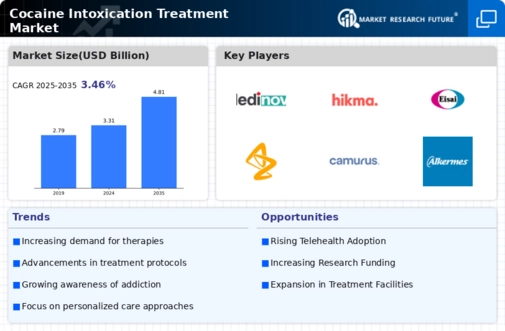
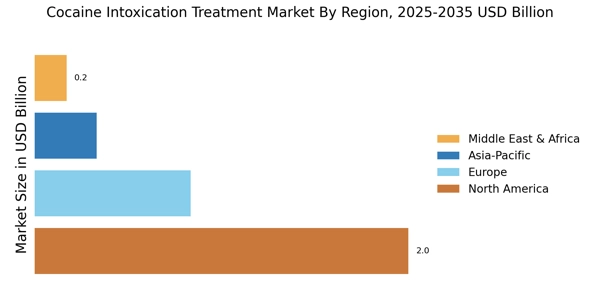
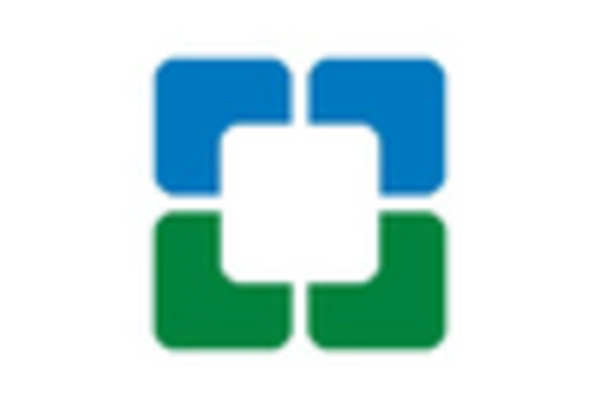
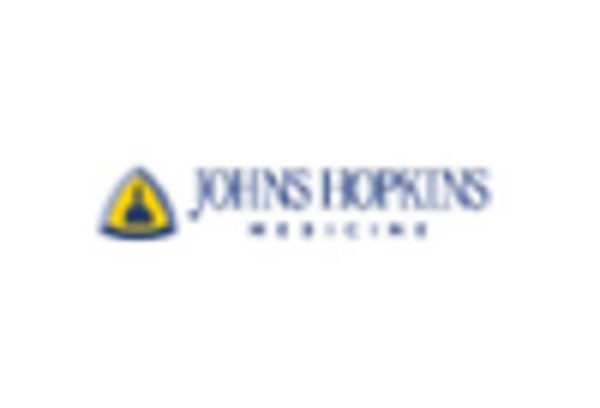
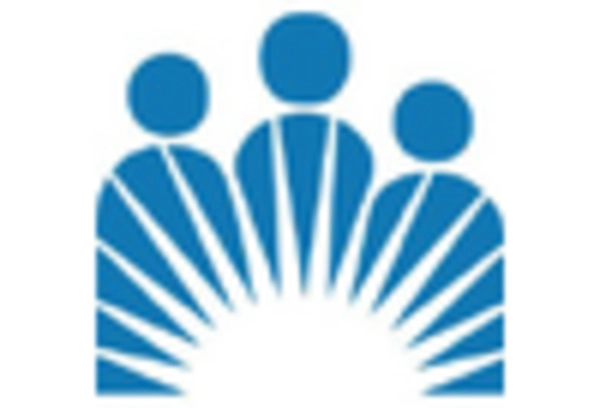
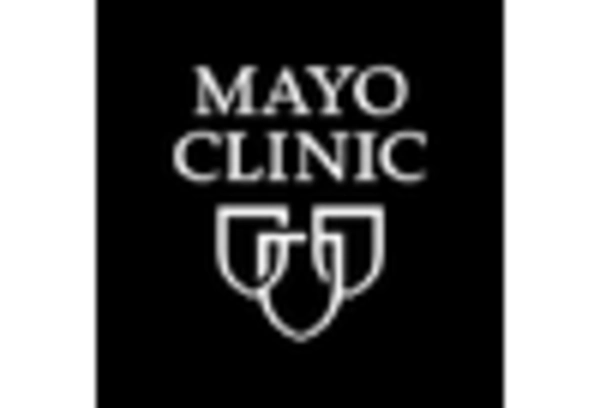
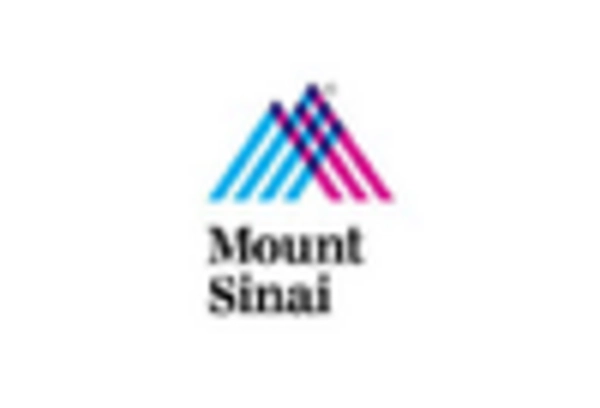
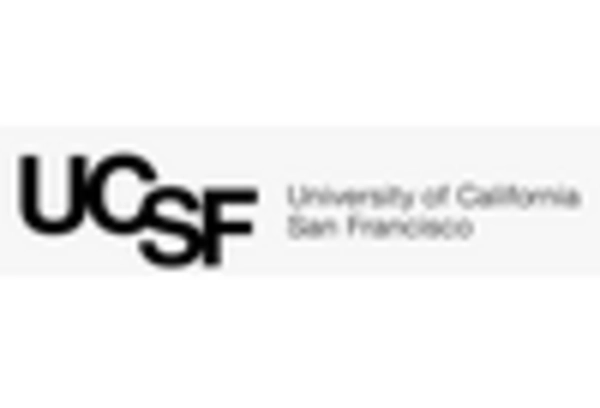








Leave a Comment